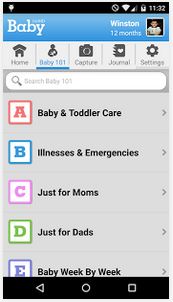Your baby will benefit from receiving your gentle touch and will communicate a strong message of love. Studies show that touch and massage can improve all aspects of your baby’s development. Infant massage can also promote bonding, help parents relax, help baby sleep better, and relieve symptoms of gas. Massage can reduce crying, boost the immune system, enhance body awareness, relieve nasal congestion and teething discomfort. Best to begin after baby is 4 weeks old.
Massage Tips:
- Have all of your supplies ready – oil, towel, diaper clothes
- Provide a safe, warm environment for the massage.
- Wash your hands and remove jewelry.
- Play soft music in background.
- Always ask permission to begin the massage.
Massage Techniques: go online to find video demonstrations
- Head & Face - Giggle & Grin, Smoothing, Peek-a-Boo, Thumbs Up, Gentle Circles, Sweetheart Stroke.
- Chest - Valentine, Open Book, Butterfly
- Stomach – Water Wheel, Navel Stroke, Finger Walking, Sun Moon, I Love You
- Arms: Milking – move your hands in opposite directions from wrist up to shoulders
- Legs: Leg Roll, Swedish Milking, Indian Milking, Squeeze and Twist, Foot Massage
- Back - Back & Forth, Swooping Strokes, Back Massage, Combing,
- Exercises – Arm Cross, Wrist & Ankle Cross, Leg Cross, Leg Stretch,
Click on these links for resources about the importance of Bonding and Baby Massage:










